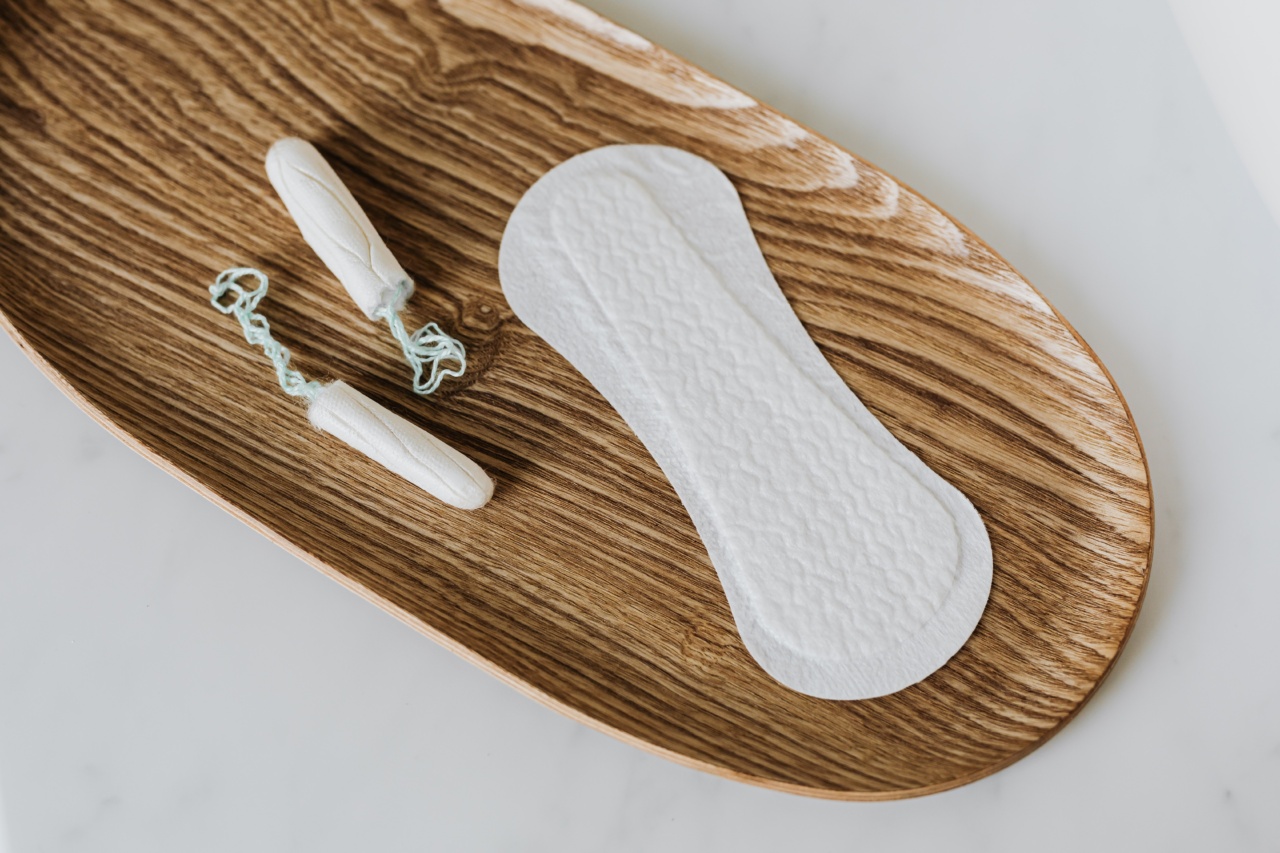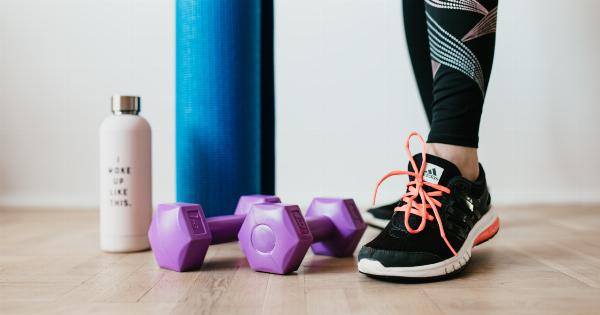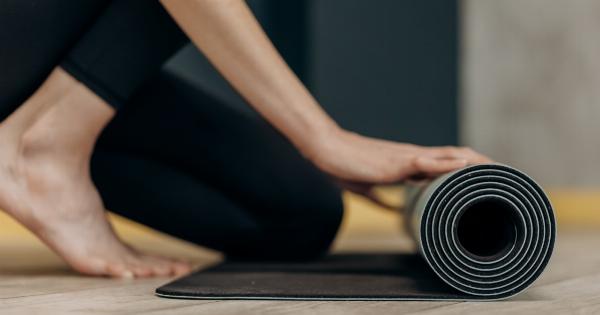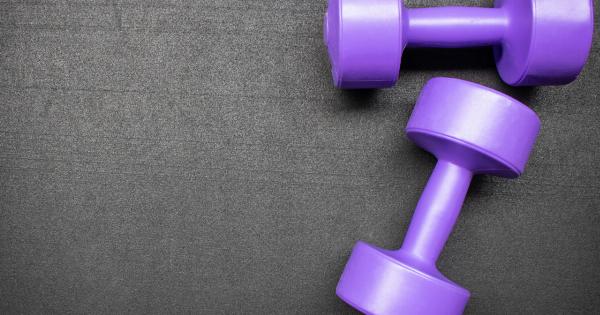Are you looking to tone your body, build muscle, and increase strength but don’t have access to a gym or expensive equipment? Look no further than one affordable and versatile tool – resistance bands.
What Are Resistance Bands?
Resistance bands are stretchy bands made of latex or rubber that are used to create resistance during exercises. They come in different shapes, sizes, and levels of resistance, making them suitable for people of all fitness levels.
Some resistance bands can be attached to doors, chairs, or poles, allowing for even more exercise options.
Why Use Resistance Bands?
Resistance bands are an excellent addition to any workout routine because they are affordable, portable, and effective.
Unlike traditional weights, resistance bands create resistance throughout a movement, challenging muscles in different ways and often engaging more muscle groups. This makes them ideal for targeting smaller muscle groups that may be neglected during traditional weightlifting.
Resistance bands also offer a low-impact option for those recovering from injuries or with joint pain. The bands provide less stress on joints than weights do, making them a great option for those with arthritis or other chronic conditions.
How to Use Resistance Bands
Resistance bands can be used for a variety of exercises, including strength training, stretching, and mobility work. Here are a few examples:.
Bicep Curls
Step onto the resistance band with both feet, standing on the center of the band. Grasp the handles with palms facing up and curl the band up towards your shoulders. Lower back down and repeat.
Pushups
Loop the resistance band around your back, holding the ends in each hand. Get into a pushup position, hands on the ground, with the band crossing your upper back.
As you push yourself up, the band will provide resistance, making the exercise more challenging.
Lateral Raises
Step onto the band with both feet and hold the handles at your hips. Raise your arms out to the sides, keeping your elbows slightly bent. Lower back down and repeat.
Glute Bridges
Lie on your back with your knees bent and the resistance band looped around your thighs, just above your knees. Raise your hips up towards the ceiling, squeezing your glutes at the top. Lower back down and repeat.
Rows
Step on the band with both feet and hold the handles with palms facing in. Hinge forward at the waist, keeping your back straight, and pull the band up towards your chest. Lower back down and repeat.
How to Choose a Resistance Band
Resistance bands come in various levels of resistance, typically ranging from light to heavy. The best band for you will depend on your strength level and the exercises you want to do. A general rule of thumb is:.
- Light resistance bands are suitable for beginners, those recovering from injuries, and those looking to do targeted exercises for smaller muscle groups.
- Medium resistance bands provide a bit more challenge for those with some experience with strength training.
- Heavy resistance bands are ideal for those with significant strength and experience with weightlifting.
It’s always best to start with a lighter band and work your way up to avoid injury or strain.
Conclusion
Resistance bands are an affordable and effective tool for anyone looking to tone their body, build muscle, or increase strength. With a few simple exercises, you can target multiple muscle groups and see improvement in your overall fitness.
So why not add some resistance bands to your workout routine today?.






























